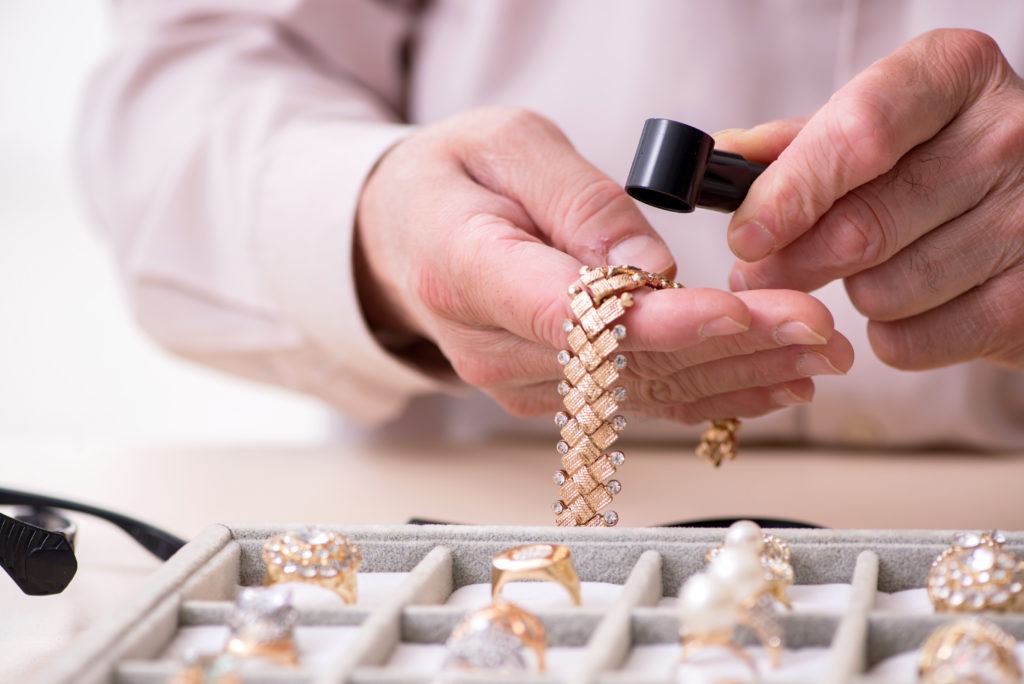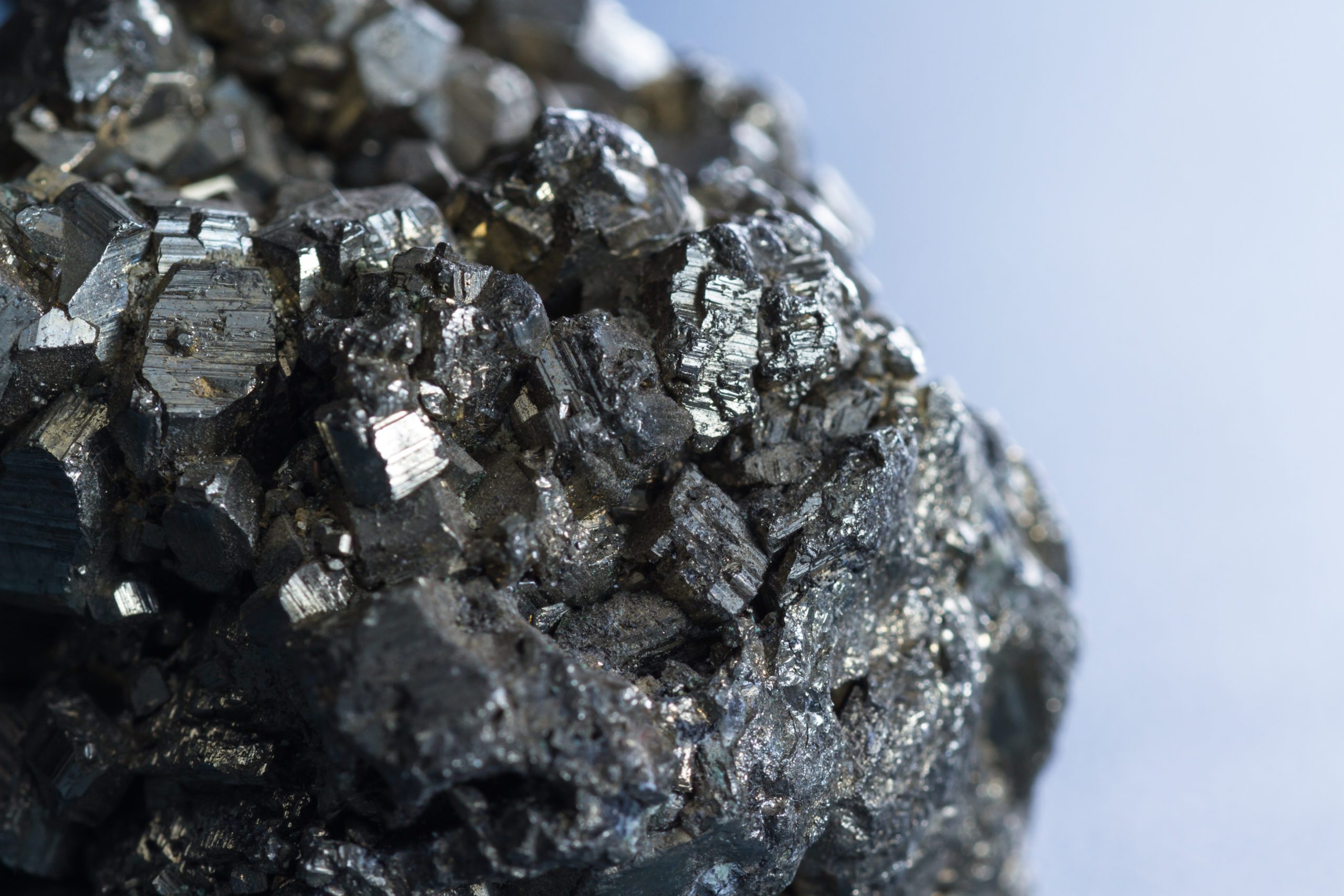You get an old piece of jewelry passed down in your family and wonder, “Is this real gold?” There are plenty of metal alloys out there that appear like gold, so it’s a fair question to ask if you have gold jewelry you aren’t sure is authentic.
Thankfully, there are several tests below that will help you determine if those are real gold or fake gold chains in your hands. If you are concerned at-home tests might damage your jewelry or be inaccurate, be sure to note the important disclaimers before you try them. However, these tests are safe for you to try.
Skin Test
Take your piece of jewelry and hold it between your hands for a few minutes. Your sweat will cause the metal to either leave a colored trail or do nothing. Gold is non-reactive and it won’t leave any marks on your skin, but fake gold will leave green, black, or blue trails.
Make sure to remove any make-up before you do this test because make-up will cause gold to turn black on places where jewelry touches the skin.
Magnet Test
Place a strong magnet next to your jewelry. Gold isn’t magnetic, so if your jewelry does attract, you either have fake gold or a gold alloy consisting of another metal. Blue-white gold is one such alloy, which contains 75 percent gold and 25 percent iron.
These kinds of alloys prove this method to not always be accurate. While your jewelry may have real gold in it, the untrained eye likely can’t determine if you have either a gold alloy or fake gold all together. So, don’t rely on just this method to test your jewelry.
Float Test
The test is simple: drop your gold into a container of water. If it stays at the bottom, it’s likely to be real. If it floats, you likely have fake gold.
Vinegar Test
We are going to use gold’s non-reactive trait again by pouring vinegar onto your jewelry. White vinegar is the most acidic vinegar, but any kind of vinegar will do for this test. You can buy some white vinegar from any grocery store. Once you have some vinegar, clean your piece of jewelry with a rag or cloth to remove any dirt so you don’t get faulty results. Then, place your jewelry into a bowl and add a few drops of your vinegar into the bowl.
Real gold will not change color, but fake gold will turn either black or green. Since vinegar is an acid, it will break down any chemicals that are in the jewelry. BE AWARE that if you suspect your gold jewelry is 14k or 18k gold, putting them into vinegar might permanently discolor them. So, unless you think you have 24k gold, avoid using this method.

Head to A Jeweler
If you try some of these tests and are still unsure if you have real or fake gold, visit your nearby jeweler and have them take a look at it. Getting a professional review done will confirm whether you have real gold or not.
At Garfield, we’ve gotten fake gold before, and it’s no fault of the person who shipped it in. We hope these tests help you determine if your jewelry is real, no matter if you decide to keep it or sell it to a gold refinery like Garfield!
Consider getting cash for gold and selling your gold now – start your shipment today!
Established in 1892, we have more than a century of experience in refining precious metals. We serve various industries, including dental offices, private individuals, jewelers, pawnbrokers, and more!
Call us today at 888-677-9254 to find out why Garfield is a premier precious metals refinery.

